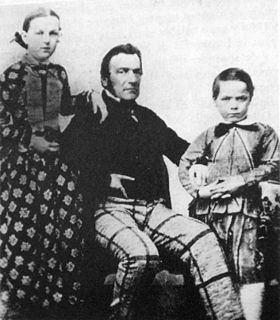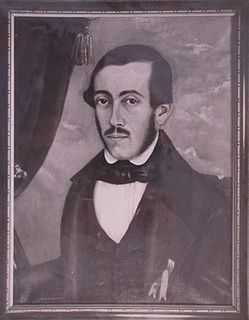 W
WAntonio Alice was an Argentine portrait painter. He was awarded the Prix de Rome in 1904.
 W
WNuma Ayrinhac was a French-Argentine artist. He was born in Espalion (France) in 1881 of Joseph Sixte Ayrinhac and Marie Eulalie Durand, and moved with his parents aged five to the new settlement of Pigüé, Saavedra, Argentina. He is famous for painting portraits of Eva and Juan Domingo Perón.
 W
WDelesio Antonio Berni was an Argentine figurative artist. He is associated with the movement known as Nuevo Realismo, a Latin American extension of social realism. His work, including a series of Juanito Laguna collages depicting poverty and the effects of industrialization in Buenos Aires, has been exhibited around the world.
 W
WRicardo Carpani was an Argentine artist.
 W
WCayetano Descalzi (1809–1886) was an Italian painter and engraver who came to the Río de la Plata, now Argentina, in the 1820s.
 W
WNicolás García Uriburu was an Argentine contemporary artist, landscape architect, and ecologist. His work in land art was aimed at raising consciousness about environmental issues such as water pollution.
 W
WCándido López was an Argentinian soldier and painter, who worked in the Naïve style. He is best known for historical scenes from the Paraguayan War.
 W
WCarlos Morel was a prominent Argentine painter in the nineteenth century, known as the first truly Argentine painter.
 W
WCharles Henri Pellegrini was an Italian Argentine engineer, lithographer, painter, and architect.
 W
WPrilidiano Pueyrredón was an Argentine painter, architect and engineer. One of the country's first prominent painters, he was known for his costumbrist sensibility and preference for everyday themes.
 W
WBenjamin Franklin Rawson was an Argentine painter who belonged to the first generation of Argentine painters called the "precursors". His best known works are the Assassination of Manuel Vicente Maza and Rescue in the Cordillera.